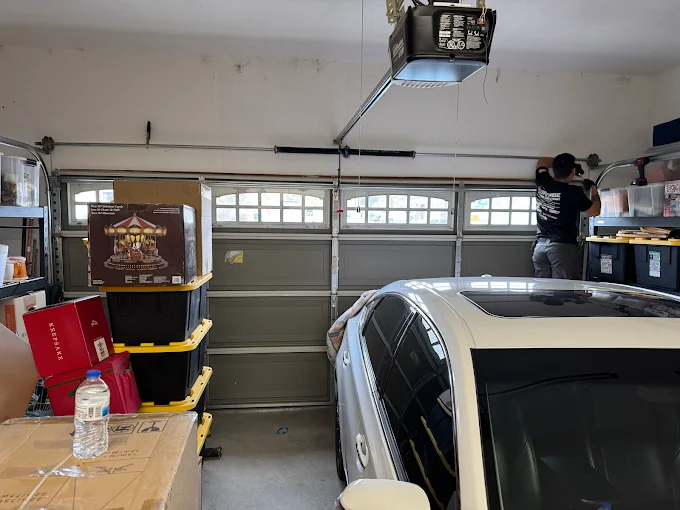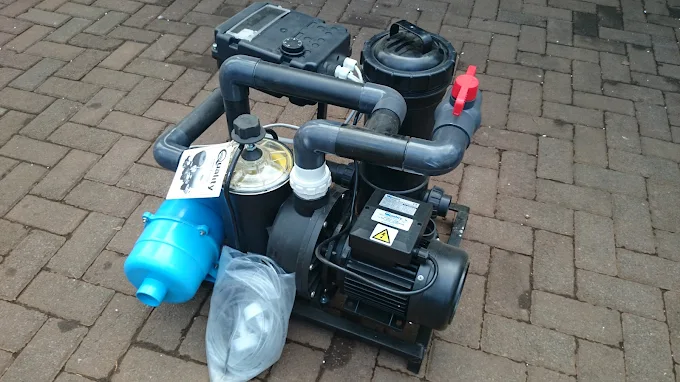
As solar panels continue to grow in popularity, especially in residential and commercial settings, new questions arise about their impact on the environment—including their interaction with local wildlife. One common concern is whether solar panels attract bees. For many homeowners, bees nesting under or around solar installations can be both puzzling and concerning. While bees are vital pollinators, their close proximity to living spaces or roofs can lead to discomfort or even risk. So, do solar panels really attract bees, or is this a myth? Let’s explore the facts and uncover the truth.
Why People Think Solar Panels Attract Bees
The belief that solar panels attract bees is not entirely unfounded. Many people notice bee activity around their panels, especially in the spring and summer months. However, it’s not the panels themselves that attract bees—it’s what’s often around or beneath them. Bees are primarily attracted to floral scents, water sources, and sheltered spaces to build their hives. The shaded space beneath solar panels can offer an ideal cavity, mimicking natural shelters like rock crevices or tree branches. Additionally, if the panels are installed near gardens, wildflowers, or blooming vegetation, this can significantly increase the likelihood of bee presence.
The Real Reasons Bees Nest Near Solar Panels
It’s essential to clarify that solar panels do not attract bees because of their material, color, or energy function. Instead, bees are drawn to the conditions solar panel installations unintentionally create. For instance, the gaps between solar panels and rooftops provide dark, protected areas with little human disturbance—ideal for hive-building. In urban or suburban settings where natural nesting spaces are limited, bees may turn to rooftops as the next best thing. If you notice recurring bee activity around your solar system, especially during warmer months, it might be time to consult a professional bee removal service in Placentia, CA to assess the situation and safely relocate the bees if necessary.
Do Certain Solar Setups Increase the Risk?
Yes, certain installation methods and environments can make it more likely that solar panels attract bees. For example, ground-mounted systems surrounded by wild vegetation or flowers are more exposed to bee traffic than rooftop systems in concrete-heavy urban zones. Furthermore, installations that lack protective barriers or critter guards are more vulnerable to nesting activity. In climates like Southern California, where bees are active for most of the year, ensuring that your panels are properly maintained and inspected can reduce the chance of any unwanted buzzing neighbors. A proactive approach to solar panel management can go a long way in avoiding complications.
How to Prevent Bees from Nesting Around Solar Panels
To avoid situations where solar panels might attract bees, prevention is key. One effective solution is installing critter guards or mesh barriers around the panels. These block access to the small crevices bees often target for nesting. Additionally, trimming nearby plants and flowers and avoiding water stagnation can reduce environmental triggers that attract pollinators. If you’re installing a new system, discuss these concerns with your contractor, as many companies now offer bee-resistant setup options. Regular inspections during the blooming season can also help you catch early signs of nesting before the issue becomes more significant.
What to Do If You Already Have a Bee Problem
Discovering bees around your solar panels doesn’t necessarily mean you need to panic. However, it’s essential to act quickly and humanely. Avoid using sprays or attempting DIY hive removal, as this can be dangerous and harm essential pollinators. Bees are protected in many areas due to their declining population. Contacting a professional removal service ensures the hive is safely relocated without damage to your solar setup or the bees themselves. This also ensures the root of the problem—such as an attractive nesting environment—is properly addressed, preventing future re-infestations.
Bees and Solar Energy: Can They Coexist?
Interestingly, solar farms and pollinators can coexist in mutually beneficial ways when planned correctly. Some large-scale solar farms intentionally plant pollinator-friendly habitats around their installations to support bee populations. This strategy, however, is best suited for non-residential environments. For homeowners, the goal is typically to minimize bee presence near their roof while respecting their ecological role. Knowing how to create boundaries—using prevention tactics, scheduled maintenance, and professional removal when needed—helps maintain this balance. The key is not to eliminate bees entirely but to ensure they don’t interfere with residential comfort or safety.
Final Thoughts
While the notion that solar panels attract bees is rooted in partial truth, the panels themselves are not the actual lure. It’s the surrounding environment and the sheltered design of panel installations that create favorable conditions for bees. With thoughtful planning and a little maintenance, it’s entirely possible to enjoy the benefits of solar energy without uninvited buzzing guests. By understanding what attracts bees and how to minimize those triggers, you can make sure your home remains a sustainable and comfortable place for both you and your family.




